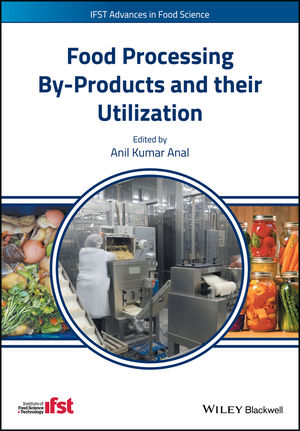Sodium substitutions present opportunities, challenges

The medical profession continues to demonstrate the need to significantly reduce the sodium content in the food supply. The link between hypertension and elevated sodium intake is well documented. Elevated levels of sodium may increase an individual’s risk for a stroke, heart failure, stomach cancer, kidney stones and other illnesses.
The average American consumes approximately 3,400 milligrams of sodium per day. In perspective, the American Heart Association recommends the daily allowance should not exceed 1,500 milligrams per day.
Processed meats have been identified as one of the major sodium-contributing food categories. In processed meats, salt (sodium chloride) is the most significant contributor to the sodium content. Sodium lactate and other antimicrobials, along with sodium phosphates, are other potential major contributors. Sodium chloride is a very functional ingredient in terms of its ability to extract myofibrillar proteins (contributing to water and fat binding), cause myofibril swelling which relates to water-holding capacity, provide desirable texture development, limit microbial growth (shelf life, food safety), enhance flavor and of course provide the desired perception of saltiness.
The industry has responded to consumer demand and the medical field’s recommendation that sodium content needs to be reduced. As lower sodium formulation levels are pursued, more advanced technological approaches will be required. A combination of maintaining the highest quality of raw meat materials, optimizing processing procedures, and utilizing a broader range of non-meat ingredients will help advance sodium reduction efforts. An associated challenge is that consumer demand continues to grow in the area of products that are considered more natural or organic, thus requiring a “clean” ingredient statement on the product.
There is potential for replacement of part of the sodium chloride content through the use of other chloride salts, such as potassium chloride, magnesium chloride and calcium chloride. This is largely in part because the chloride anion is the more active component relative to protein functionality. Historically, potassium chloride was limited to a conservative role in sodium reduction because the potassium cation results in a bitter or astringent taste. Magnesium chloride may present challenges associated with the magnesium in promoting lipid oxidation. The addition of calcium may interfere with appropriate protein-to-protein interactions. The use of sea salt has gained market presence.
Use of potassium chloride appears to offer the shortest path to significant reductions in sodium. In comparison to other non-meat ingredient approaches, potassium chloride is cost competitive and actually positively contributes from a dietary perspective. The medical profession recognizes that Americans don’t consume enough potassium, and a proper ratio of potassium to sodium may also provide desirable health benefits. Interestingly, fresh meat in which salt is not added contains approximately 4 times more potassium than sodium.
Maskers or bitterness blockers are available to support the use of potassium chloride. A recently introduced novel potassium chloride multi-component single crystal has demonstrated good functionality while limiting the perception of the bitterness associated with potassium chloride.
Other ingredients that enhance the perception of saltiness and umami flavor also can contribute to sodium reduction. A breadth of flavor enhancers include: meat stocks, yeast products, soy sauce, glutamates, hydrolyzed proteins and nucleotide-containing ingredients.
A combination of optimizing the quality of the starting meat materials, use of advanced processing procedures along with exploring the breadth of new non-meat ingredients will help reduce the sodium content in processed meats.
Looking for a reprint of this article?
From high-res PDFs to custom plaques, order your copy today!







